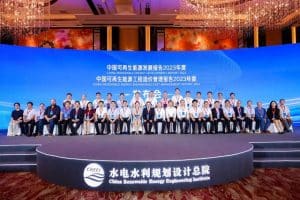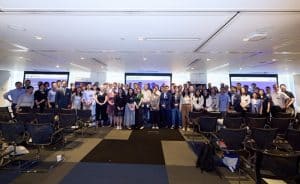The Clean Development Mechanism (CDM) used to be the only way that China’s carbon offset projects could participate in carbon emissions trading. However, in 2013, when China’s main purchaser, the EU, stopped accepting CERs from a number of developing countries, including China, it continued to accept newly registered projects from the least developed countries (LDC).
Since then, China has begun to establish its own carbon trading market system, including the Chinese Certified Emission Reduction system (CCER).
CCER has been designed with reference to CDM, with its pilot projects carried out in nine provinces and cities including Beijing, Tianjin, Shanghai, Hubei, Guangdong, Shenzhen, Chongqing, Fujian and Sichuan.
CCER projects are usually divided into two types:
- One type is for reducing carbon emissions by replacing energy produced by fossil fuels with green alternatives, such as wind and solar power.
- The other is to absorb carbon dioxide in the atmosphere, such as through forestry carbon sinks, carbon capture utilization and storage technology (CCUS).
There are also various restrictions, including:
1. Offset ratios
The proportion of CCER used in the pilot carbon market is based on annual emissions and annual allowances.
In Shanghai, the allowable offset ratio is the strictest, at no more than 3 percent; in Shenzhen, Tianjin, Hubei, and Fujian, it is the most lenient, at no more than 10 percent.
2. Project type
Each pilot region has restricted the types of CCER emission reductions, and generally each prioritizes the use of rural biogas and forestry carbon sink projects.
3. Project location
Except in Shanghai and Chongqing, there are restrictions on the location of CCER projects in all other pilot regions, with priority given to local projects.
4. Project time
Except in Shenzhen, the project time requirements have been clarified in all other pilot regions.
For example, in Beijing and Shanghai, only projects that started after Jan 1, 2013, are accepted; and in Fujian, this date is set at Feb 16, 2005.
The national carbon emissions trading market, which opened last July, also includes CCER, and requires a carbon offset ratio of no more than 5 percent.



